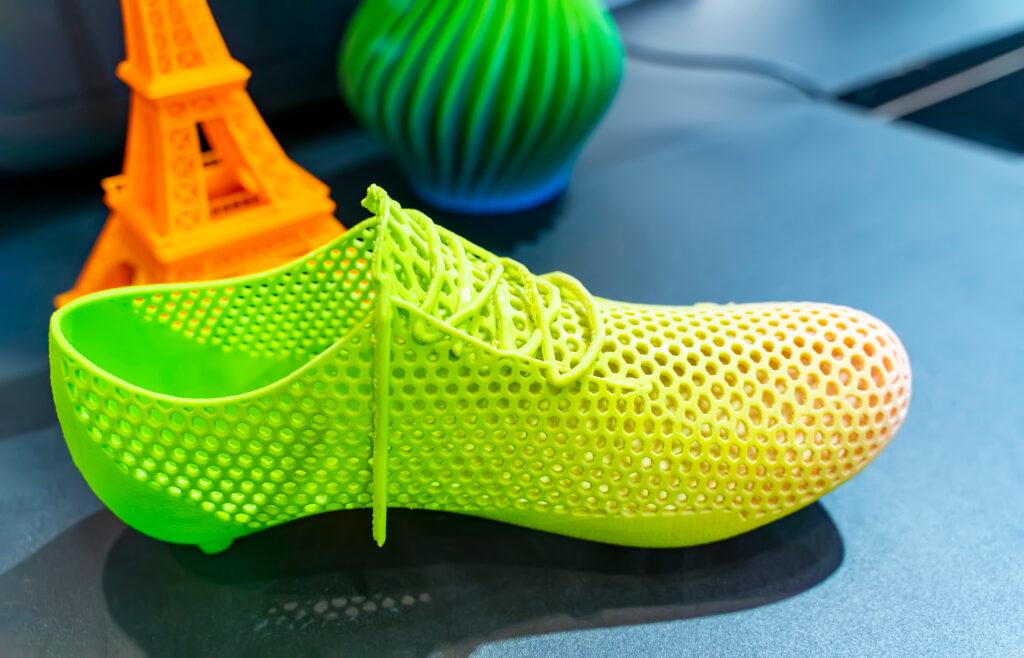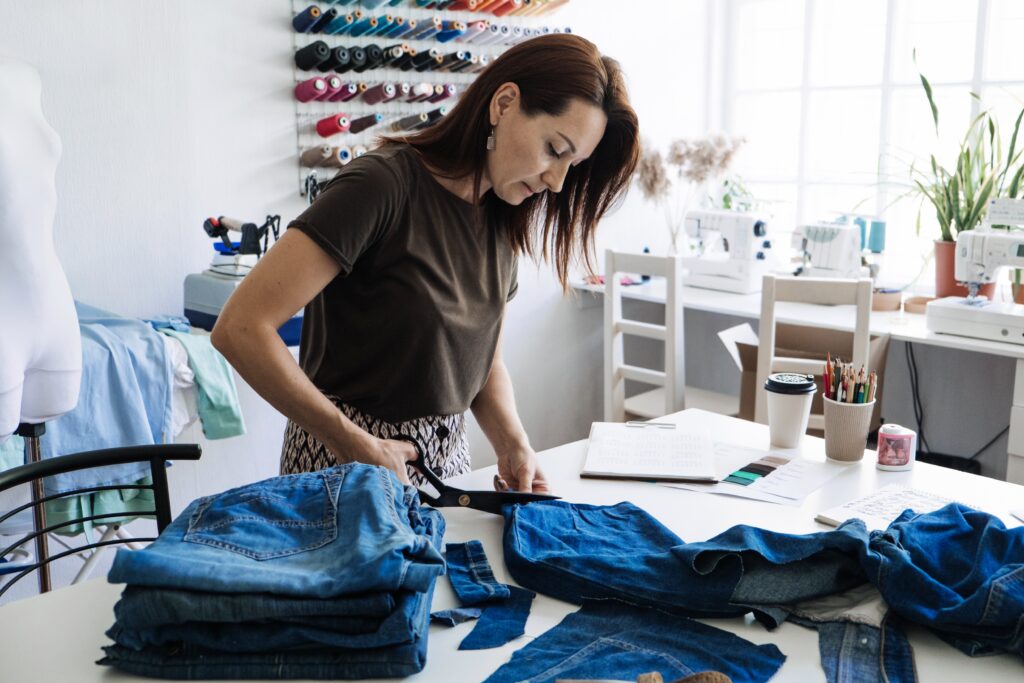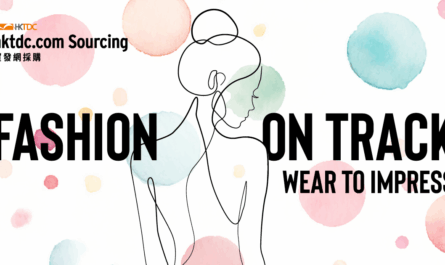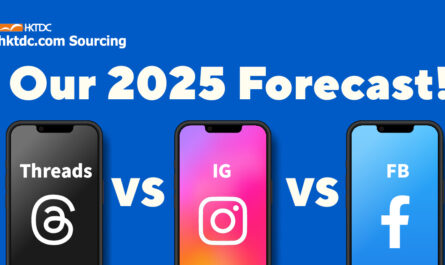As the fashion industry continues its post-pandemic transformation, global buyers and suppliers are navigating an increasingly complex yet exciting sourcing ecosystem. The year 2026 marks a turning point — a confluence of data-driven design, sustainability mandates, and digital supply chains have created a new global sourcing landscape.
1. Urban Chic: Smart, Minimal, and Modular
Urban chic in 2026 is defined by functional minimalism and tech-enabled fashion. Cities like Seoul, Copenhagen, Milan, and New York are shaping the aesthetic — emphasizing adaptable pieces that merge streetwear comfort with polished silhouettes.
- Digital Design Integration: Fashion sourcing now often begins with 3D prototyping. Brands use technology to simulate fit and drape before sampling, cutting lead times and fabric waste by over 30% (McKinsey State of Fashion 2025).
- Tech-Infused Aesthetics: Expect fabrics woven with conductive threads and smart textiles—urban-chic wardrobes that interact with devices, track performance, or self-regulate temperature. MIT’s Self-Assembling Textiles Lab is pioneering these innovations.

2. New Eco Materials: Toward a Regenerative Future
The material revolution is perhaps the biggest sourcing paradigm shift of 2026. From lab-grown textiles to bio-based fibers, the race is on to redefine fabric sustainability standards.
- Biotextiles Scaling Up: Alternatives such as mycelium leather (Mylo™ by Bolt Threads) and lab-grown silk (Spiber) are now commercially viable.
- Waterless Dyeing Innovation: New dyeing techniques such as CO₂-dyeing and eBeam finishing (championed by DyeCoo and Jeanologia) save billions of liters of water annually.

3. Fashion Accessories: The Rise of Functional Luxury
Accessories continue to anchor consumer expression. Yet in 2026, they go beyond aesthetics—function and ethics drive purchasing decisions.
- Smart Accessories Segment Boom: Wearables are evolving from trackers to lifestyle statements. Statista’s 2026 forecast projects the global smart accessories market to surpass US$95 billion, led by luxury collaborations blending fashion with AR and biometric technology.
- Craft Revival: Handmade elements return through micro-sourcing. African and South Asian artisan networks are connecting directly with buyers on platforms like Fashion Revolution Marketplace.
Asia's Fashion All-in-One
2026 is set to be a transformative sourcing year — one that emphasizes speed, transparency, and sustainability in equal measure. The distinction between fashion and technology blurs, and the competitive edge now lies in agile ecosystems powered by verified data and innovative materials.
The fashion sourcing leaders of tomorrow will be those who think like climate technologists and cultural curators, not just fashion buyers. Become one of them by joining the force at Fashion InStyle happening 27-30 April 2026, where sustainable fashion meets technologies!
Pre-register by clicking the following banner:
Check out high-end and customizable fashion items on our e-Marketplace too:
Fashion Trends FAQ
1. What are the top fashion sourcing trends in 2026?
In 2026, the biggest fashion sourcing trends include urban chic minimalism, smart accessories integration, and the use of new eco materials like mycelium leather and lab-grown fabrics. Brands are focusing on agile local production, transparent supply chains, and technology-driven design.
2. How will consumer preferences influence fashion sourcing trends by 2026?
Consumers demand transparency, sustainability, and personalization. They seek products that align with ethical values, modular wardrobes, and technology-enhanced designs. This shift pushes global suppliers to innovate and deliver eco-conscious, traceable fashion solutions.
3. What can fashion buyers and suppliers do to stay competitive in 2026?
Buyers should prioritize sustainable sourcing partnerships and material innovation. Suppliers should invest in digitization, eco-certifications, and AI-based production to align with global sourcing standards.
Related posts:
 Global Market Watch: Key Asia-Pacific B2B Trade Trends for 2026
Global Market Watch: Key Asia-Pacific B2B Trade Trends for 2026
 The State of Fashion 2024-25: Embracing Sustainability, Diversity, and Global Opportunities
The State of Fashion 2024-25: Embracing Sustainability, Diversity, and Global Opportunities
 Global Craftsmanship Meets Innovation: The Definitive Guide to 2025 Fashion Trends
Global Craftsmanship Meets Innovation: The Definitive Guide to 2025 Fashion Trends
 Meta’s Social Media Outlook 2025: Facebook, Instagram, and Threads Business Guide
Meta’s Social Media Outlook 2025: Facebook, Instagram, and Threads Business Guide





